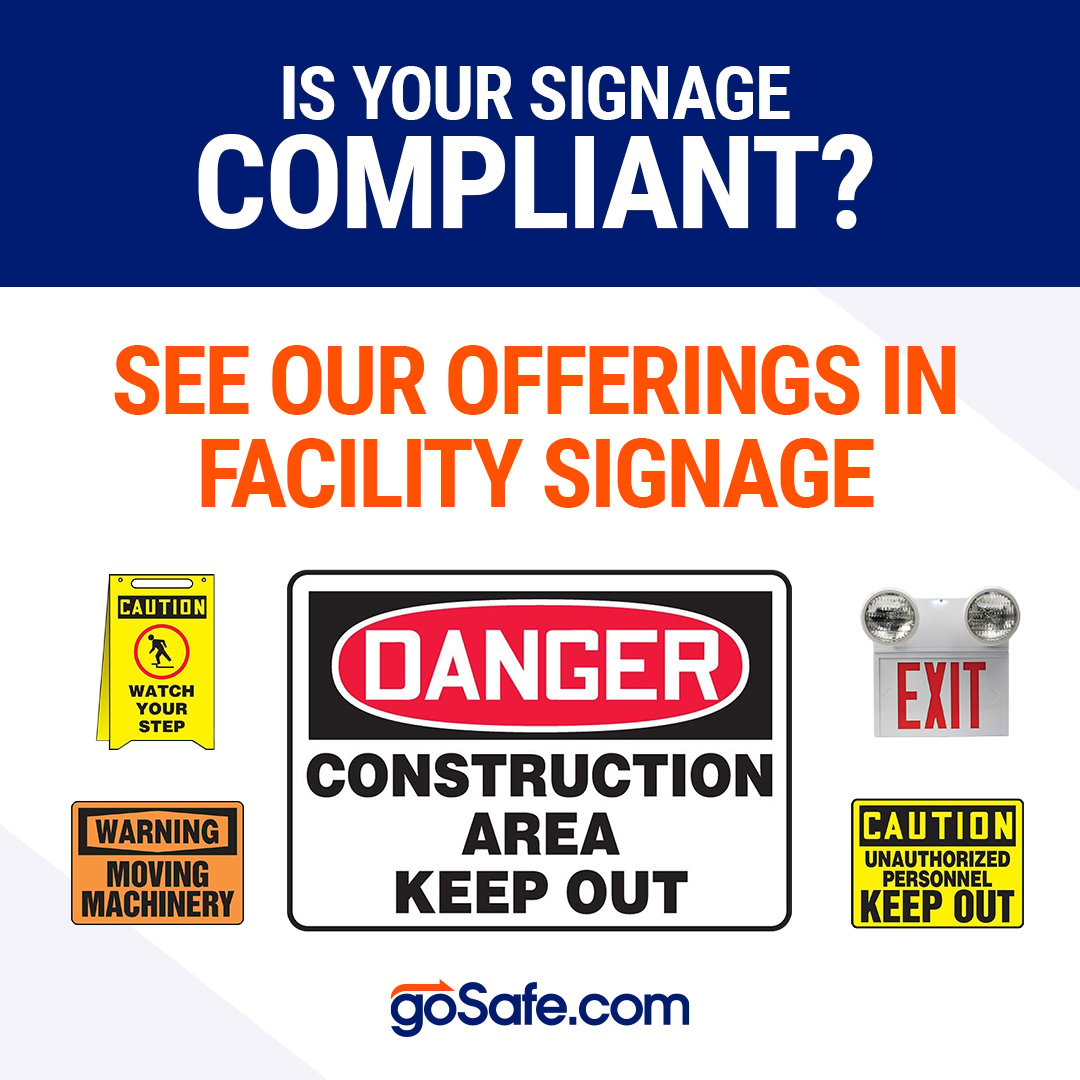Arc flash needs to be taken seriously. It’s a major workplace hazard that can cause irreparable injury to and even the death of workers. According to the US Department of Labor, a fatality from workplace electrocution occurs every day in the US. Every day. That seems excessive, wouldn’t you agree? Read more to find out how to do your part in keeping someone alive today.
Since 2015 the standards for Arc flash protection have changed a bit. If you haven’t assessed the needs within your facility recently you may be risking non-compliance and putting your workforce in danger.
The NFPA (National Fire Protection Association) has established two tables that determine risk categories for arc flash. Table 130.7(C)(15)(A)(b) Arc-Flash Hazard PPE Categories for Alternating Current (ac) Systems and Table 130.7(C)(15)(B) Arc-Flash Hazard PPE Categories for Direct Current (dc) Systems.
Depending on the risk category, a separate table outlines different types of personal protective equipment that are required based on those risks. Table 130.7(C)(16) Personal Protective Equipment (PPE).
Click the image to download all the tables
OSHA uses these standards to decide if you’re providing proper protection for your workers in hazardous energized conditions. Safety directors, business owners, and facility managers are using the NFPA’s Arc Flash Risk Assessment charts to determine exactly what’s needed in order to meet those standards.
To make things easier, we’ve collected a selection of products that meet or exceed those required minimum standards along with some helpful information below.
Compliancy standards can sometimes be tricky to keep up with. These kits simplify the choices you’ll face when selecting PPE for arc flash safety, providing exactly the pieces of equipment needed based on the risk assessment completed in your facility. Nothing more, nothing less. When there’s work to do, get it done simply and safely with Medsafe on your side.









